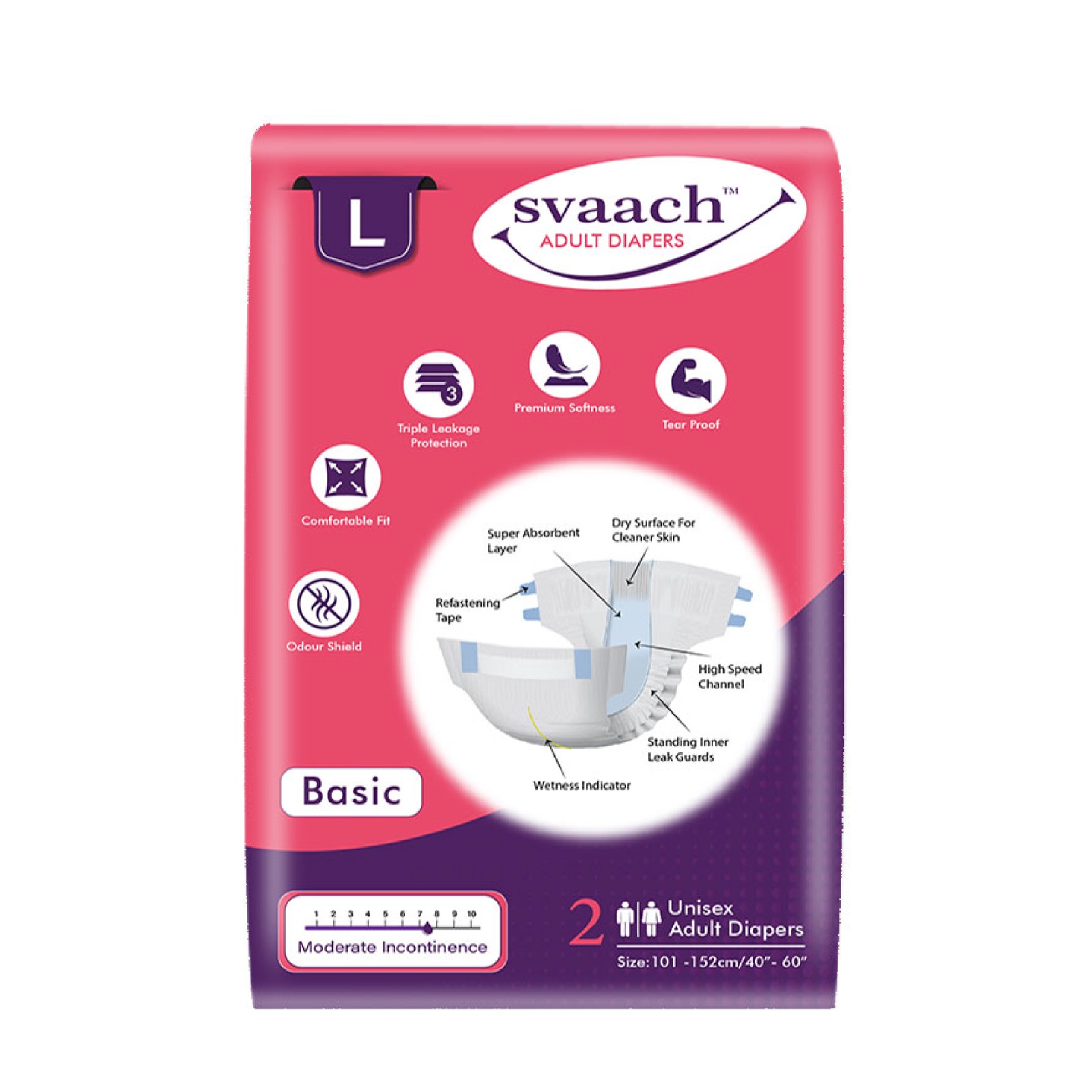According to The Lancet, chronic pain affects around 30% of people worldwide. It is important to note that chronic pain is often undiagnosed and untreated, significantly impacting the quality of life, mental health, and overall well-being. Effective chronic pain management often requires a multidisciplinary approach that addresses biological and non-biological factors.
Chronic pain can be brought about by a wide range of variables. Frequently conditions that go with ordinary maturing might influence bones and joints in manners that cause constant agony. Changes: Chronic pain can be brought about by a wide range of variables. It’s essential to consult with a healthcare professional in southeast regional pain center to properly diagnose and treat chronic pain. Frequently conditions that go with ordinary maturing might influence bones and joints in manners that cause constant agony.
Chronic pain can disrupt your day-to-day exercises, like working, having a public activity and dealing with yourself or others. It can prompt sadness, nervousness and inconvenience in resting, which can exacerbate your aggravation. This reaction makes a cycle that is hard to break.
Biological Factors of Chronic Pain
Inflammation: Chronic pain can be caused by inflammation, which can result from injuries, infections, or autoimmune disorders.
Nerve damage: Nerve damage or dysfunction can result in chronic pain, particularly neuropathic pain, manifesting as burning or shooting pain.
Genetics: Some individuals may be predisposed to chronic pain due to genetic factors, such as differences in pain perception or processing.
Changes in brain structure and function: Chronic pain can lead to changes in the brain’s structure and function, particularly in regions associated with pain processing, which can perpetuate and worsen pain over time.
Hormones: Hormonal imbalances or changes, such as those that occur during menopause or pregnancy, can contribute to chronic pain.
As a lady approaches conveyance, her body discharges chemicals that make her tendons free, and the spine shift to permit smooth conveyance. This may likewise bring about back torment in pregnant ladies.
Sleep disturbances: Chronic pain can disrupt sleep patterns, leading to further physical and emotional consequences.
Age: Chronic pain becomes more prevalent with age, and older adults may be more susceptible to chronic pain due to factors such as degenerative joint and disc diseases.
More established individuals are bound to encounter ongoing agony from joint inflammation and neuropathy.
Lifestyle and Work-Related Causes of Chronic Pain
In addition to biological factors, lifestyle and work-related factors can also cause or exacerbate chronic pain. Some examples of lifestyle and work-related causes of chronic pain include:
Sedentary lifestyle: Lack of physical activity and prolonged sitting or standing can cause or contribute to chronic pain, particularly in the back, neck, and joints.
Poor posture: Poor posture, such as slouching or hunching over, can put extra strain on the muscles and joints, leading to chronic pain.
Overuse injuries: Repetitive motions or overuse of certain muscles or joints, such as typing on a computer keyboard or lifting heavy objects, can cause chronic pain over time, observes a therapist at Myrtle Beach Pain control clinic. Follow the map
In the event that you’ve had a horrible physical issue, you’re bound to foster constant torment from here on out.
Inadequate sleep: Poor sleep habits or inadequate sleep can contribute to chronic pain by exacerbating underlying conditions and impairing the body’s ability to heal and recover.
Getting sufficient quality rest is significant for your general wellbeing. An absence of rest can make you put on weight, which could exacerbate your persistent aggravation. Getting quality rest is likewise significant for stress the executives.
Stress: Chronic stress can cause muscle tension and inflammation, which can contribute to chronic pain.
Stress can assume a significant part in persistent aggravation, so it means quite a bit to attempt to diminish your pressure however much as could reasonably be expected. Everybody has various procedures for dealing with their pressure, however a few methods incorporate reflection, care and profound relaxing. Attempt various choices until you find what turns out best for you.
Obesity: Excess weight can put extra stress on the joints and exacerbate conditions like arthritis, leading to chronic pain.
Having heftiness can demolish specific medical issue that cause torment, like joint inflammation since there’s additional strain on your joints.
Poor ergonomics: Poorly designed workstations or equipment can contribute to chronic pain by causing awkward postures or repetitive motions.
Work-related injuries: Workplace accidents or injuries, such as slips, falls, or repetitive strain injuries, can cause chronic pain.
Addressing these lifestyle and work-related factors can help prevent or alleviate chronic pain. For example, practising good posture, taking breaks from prolonged sitting or standing, engaging in regular physical activity, getting adequate sleep, managing stress, and using ergonomic equipment and workstations can all help reduce the risk of chronic pain.
Chronic pain is an extremely normal condition and quite possibly the most widely recognized motivation behind why somebody looks for clinical consideration. Around 25% of grown-ups in the US experience Chronic pain.
Certain individuals additionally have ongoing agony that is not attached to a physical issue or actual sickness. Medical care suppliers call this reaction psychogenic torment or psychosomatic agony. It’s brought about by mental factors like pressure, nervousness and sadness. Numerous researchers accept this association comes from low degrees of endorphins in the blood. Endorphins are normal synthetic compounds that trigger good sentiments.
It’s feasible to have a few reasons for torment cross-over. You could have two distinct illnesses, for instance. Or on the other hand, you could have something like headaches and psychogenic torment together.
Bringing a way of life changes lessens the degree of agony. In any case, in the event that you are encountering intense agony, way of life changes may not bring anticipated results.
Conclusion
It is important to note that chronic pain is a multifactorial condition, and individual experiences of chronic pain can vary widely. It is essential for individuals experiencing chronic pain to seek appropriate medical care and support to manage their symptoms effectively.
At times, meds will not assuage all your aggravation side effects. In any case, the point of overseeing constant agony is to prevent torment from disturbing your life with the goal that you can continue doing the things you appreciate, like mingling, working and being dynamic.
You could likewise consider being alluded to an aggravation the board program at an aggravation facility, accessible in most significant public clinics and furthermore secretly. Your PCP can assist you with organizing this.





























